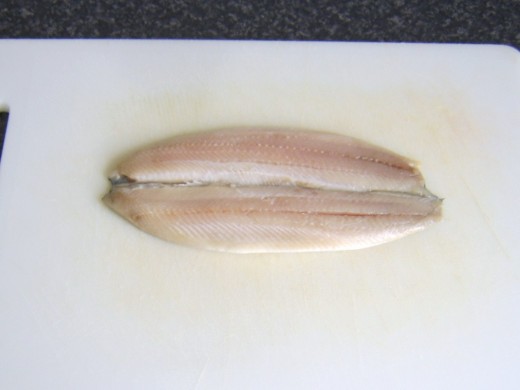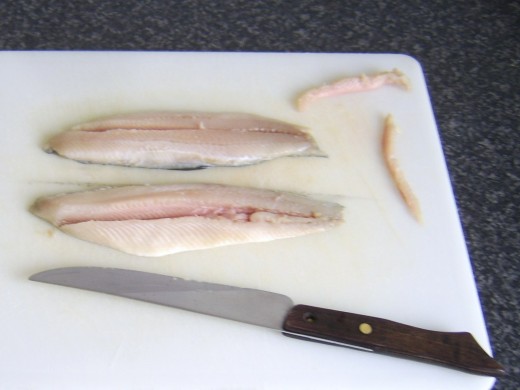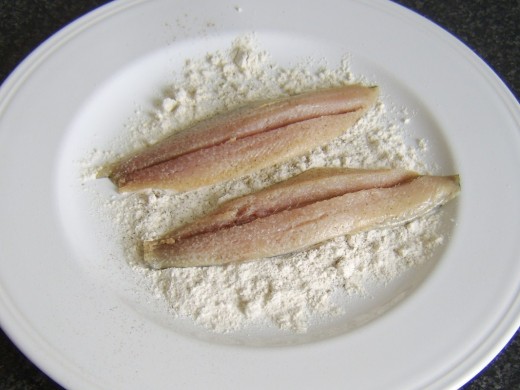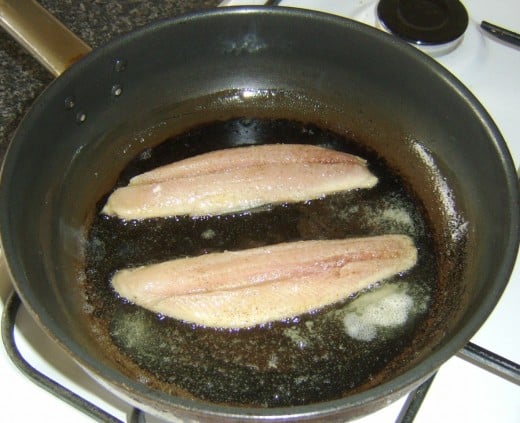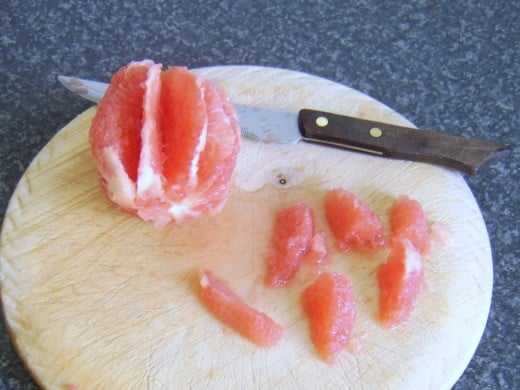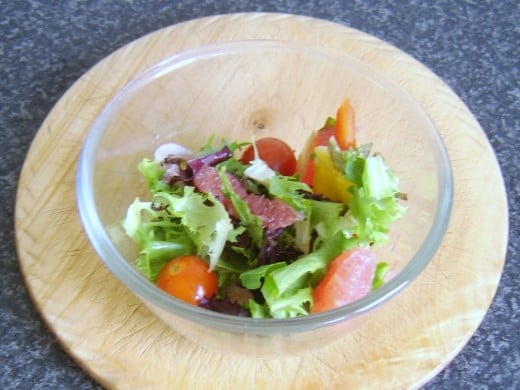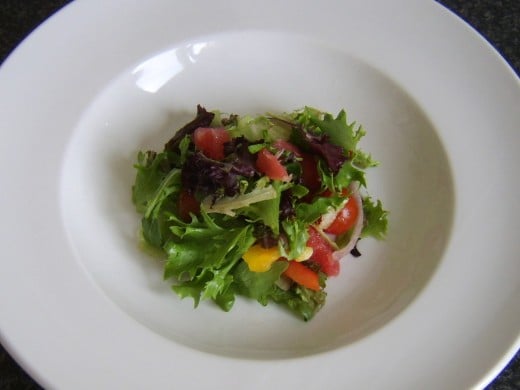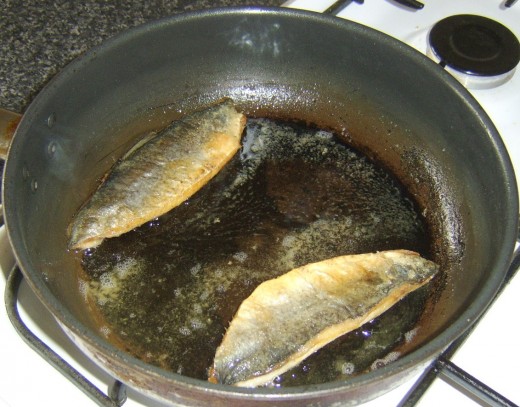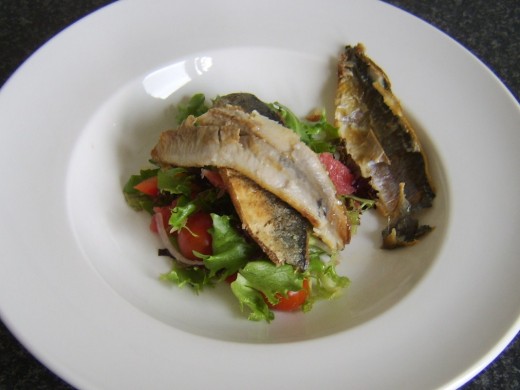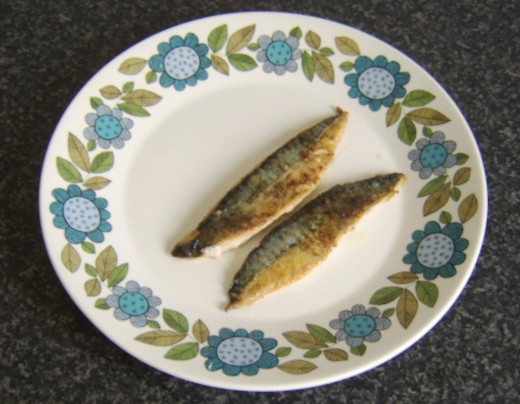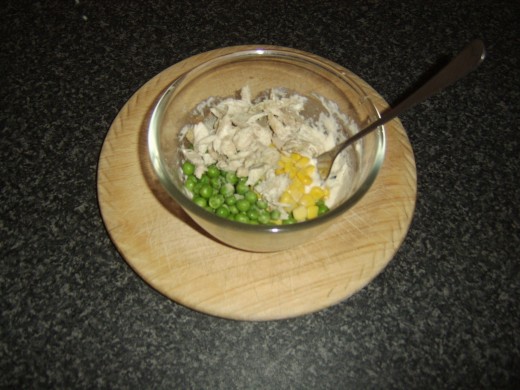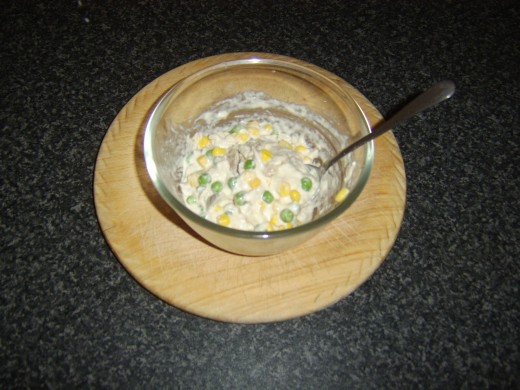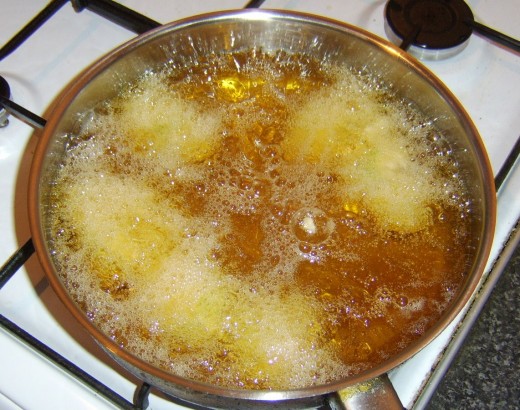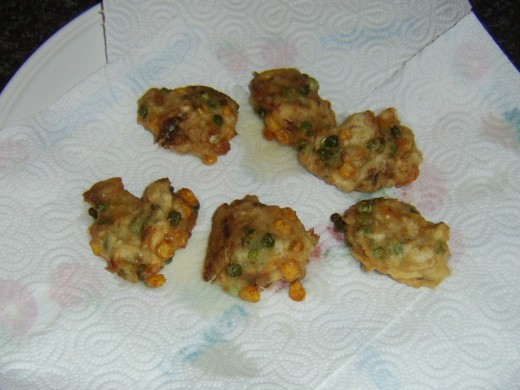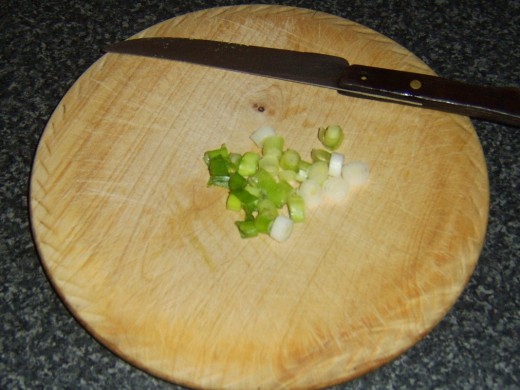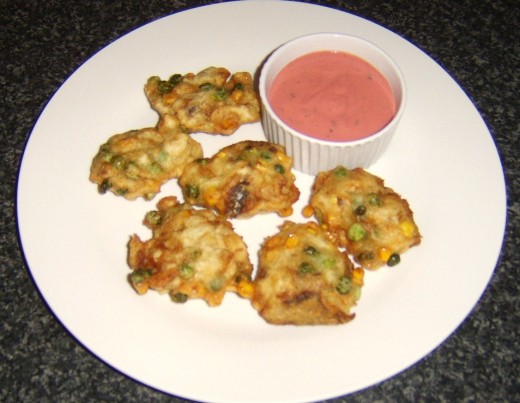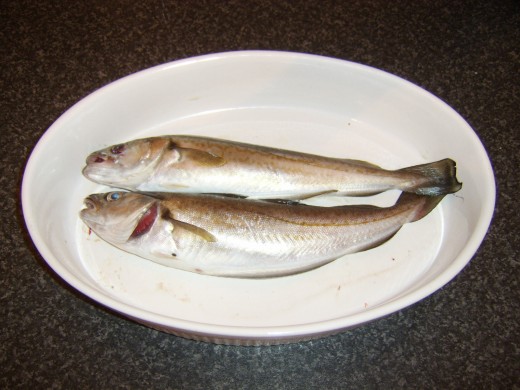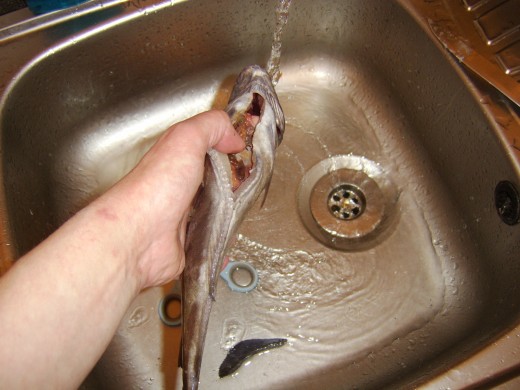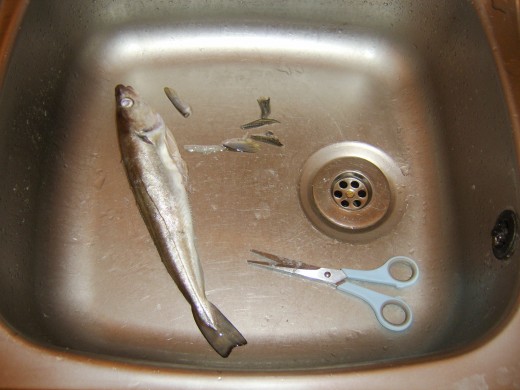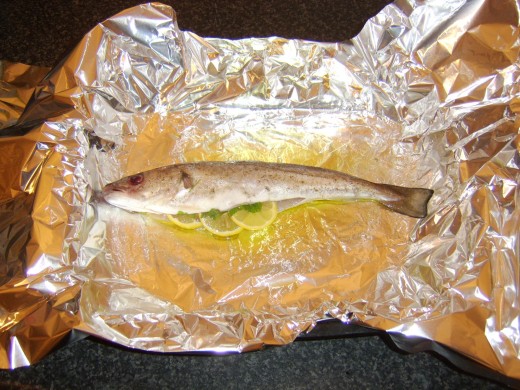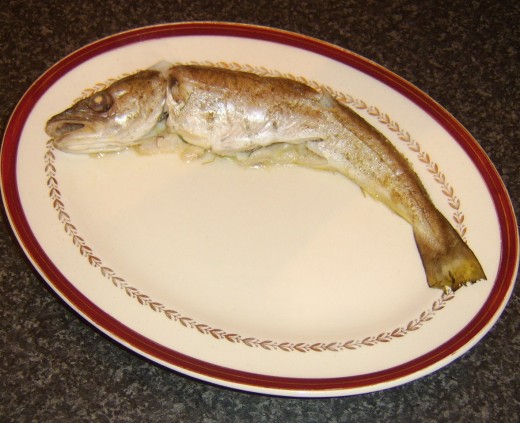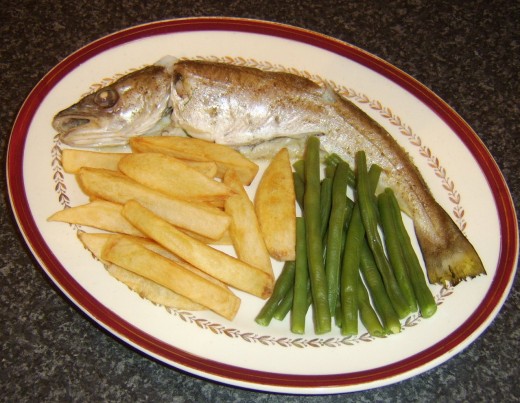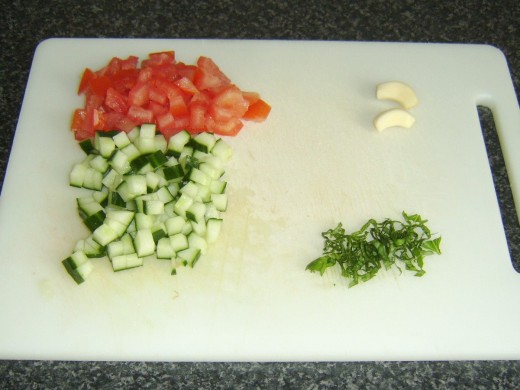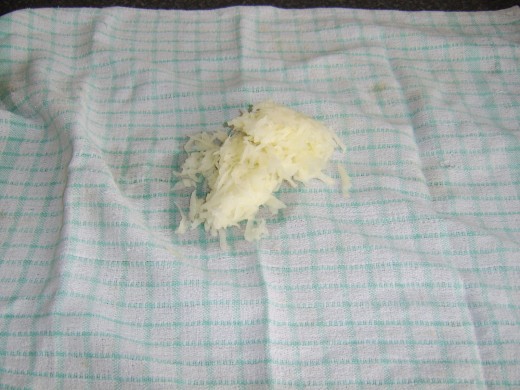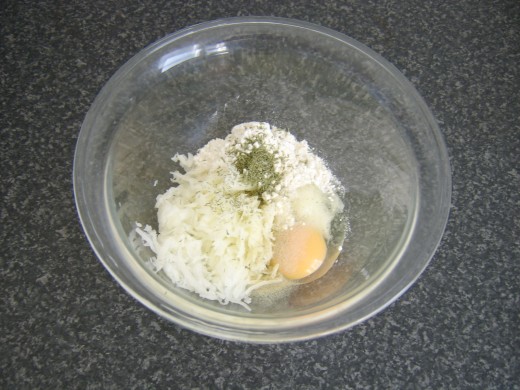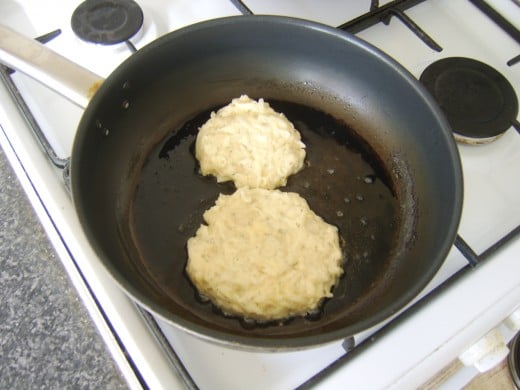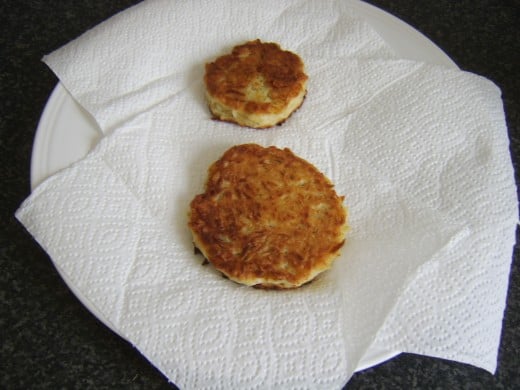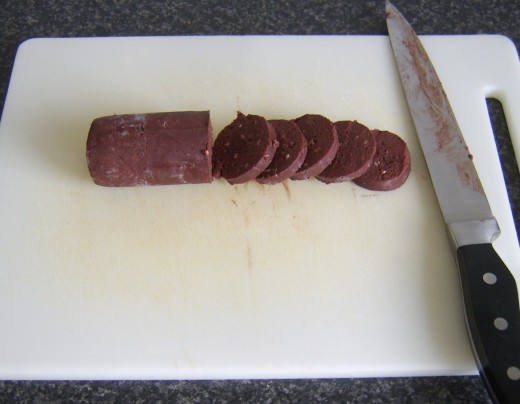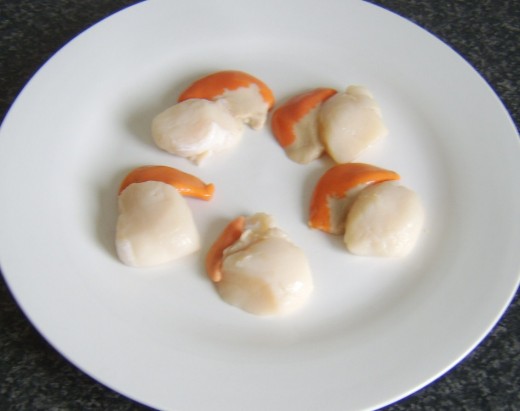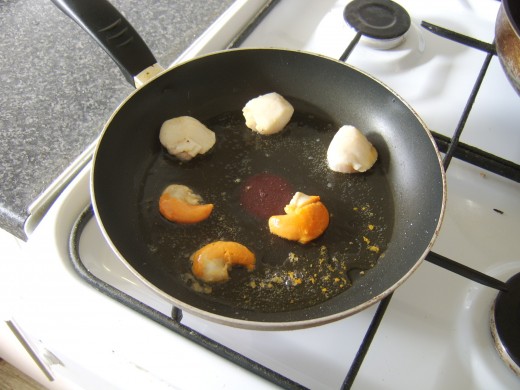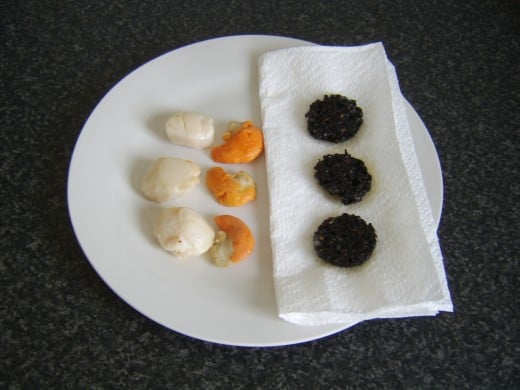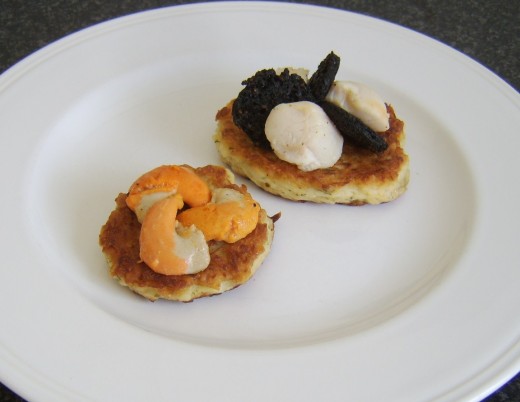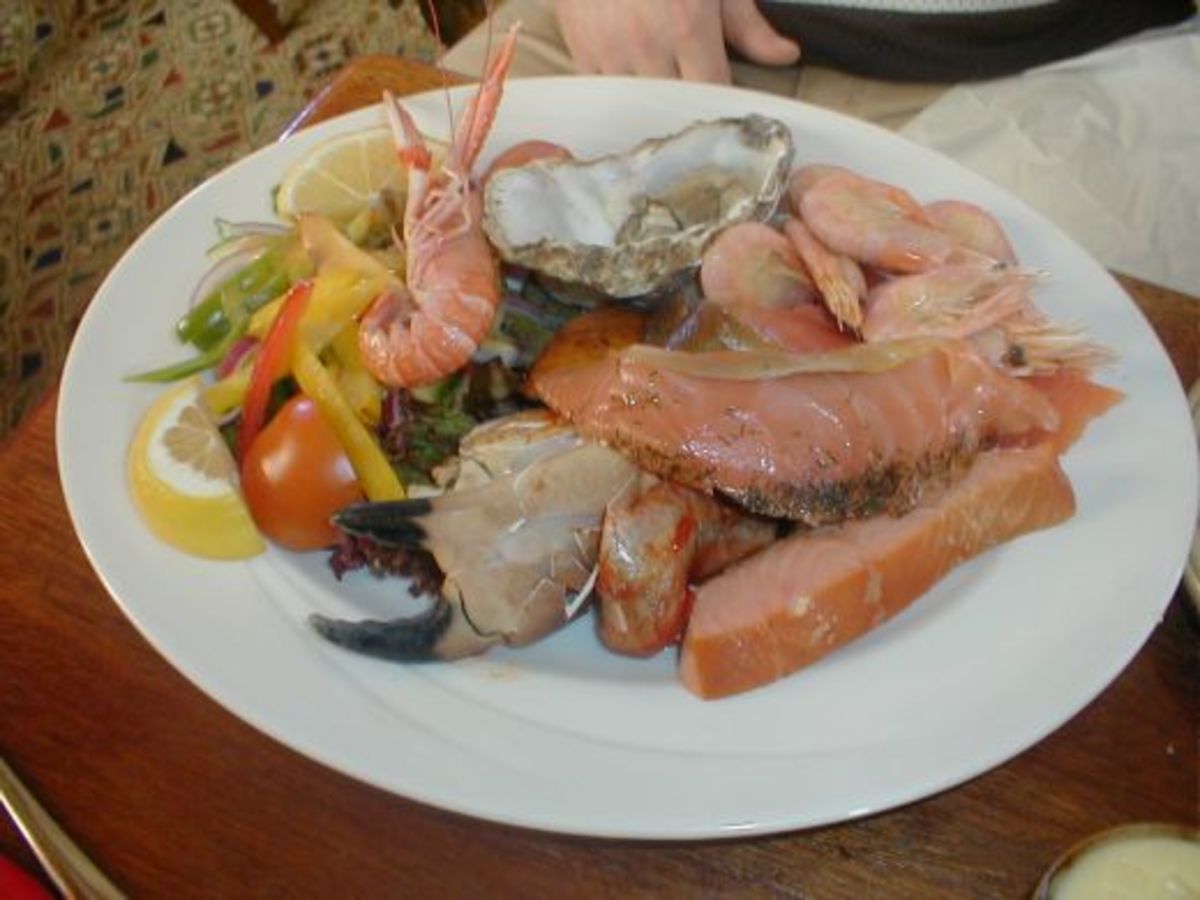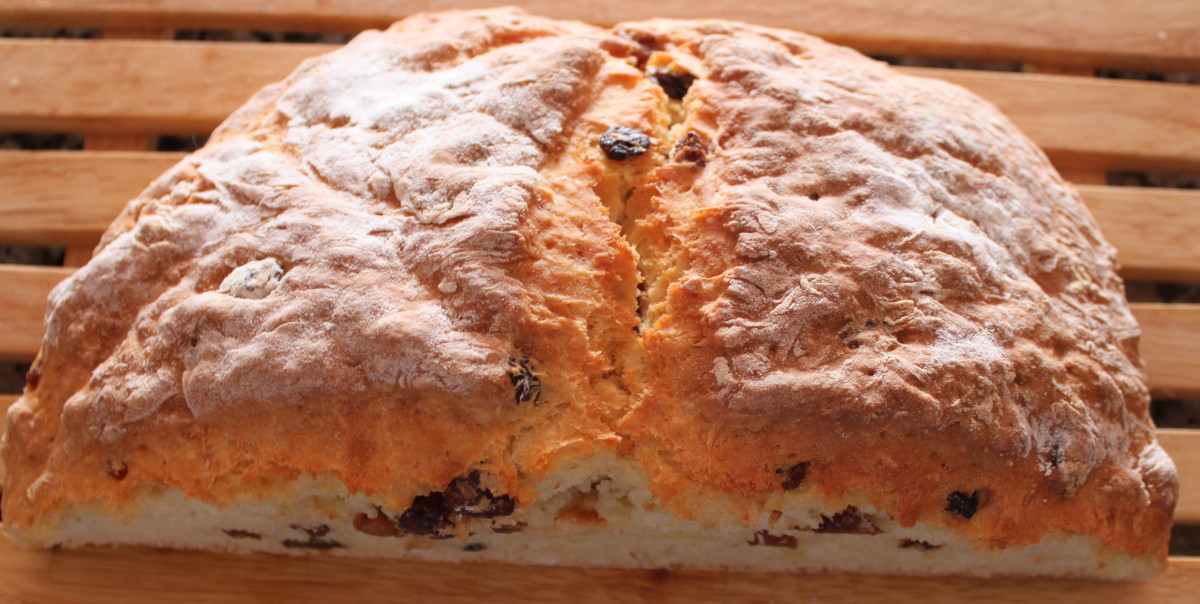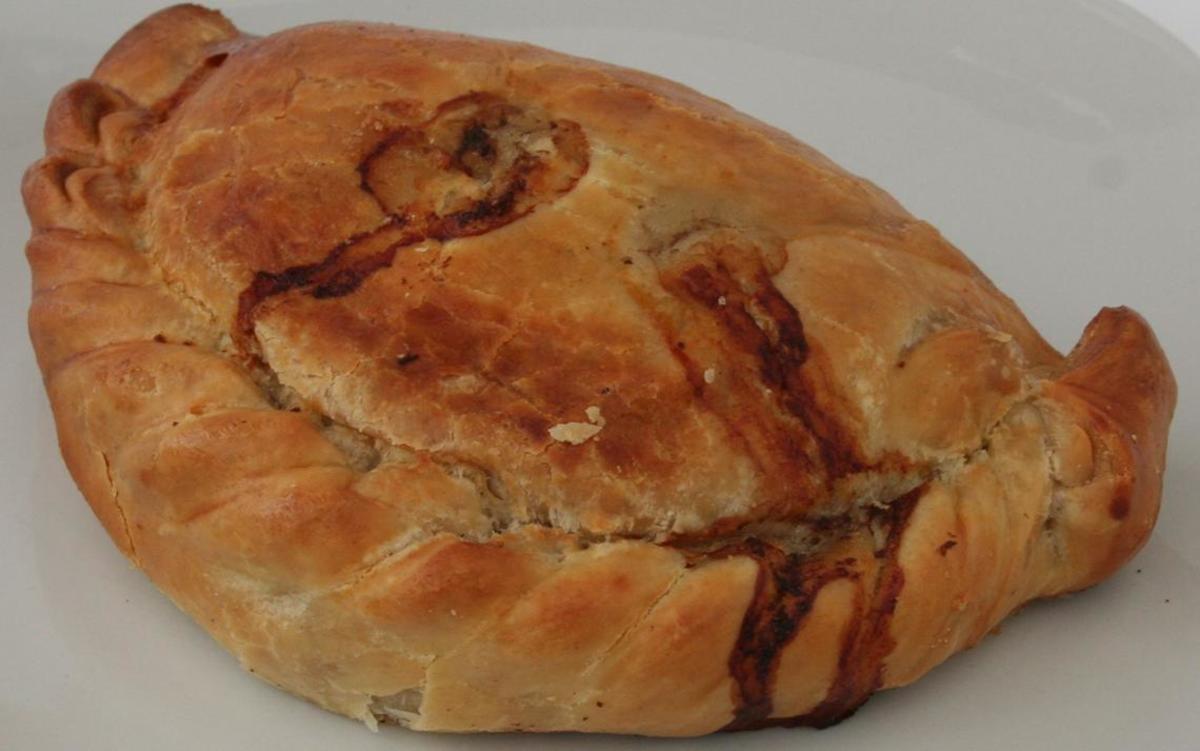- HubPages»
- Food and Cooking»
- World Cuisines»
- Western European Cuisine
British and Irish Seafood Recipes
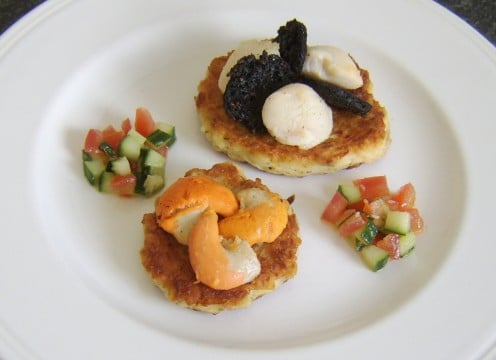
The British and Irish peoples have for countless centuries known a great affinity with and dependancy upon the sea. Until fairly recently, trade was only possible with other countries via ships and the sea, as was transport to and exploration of both near and distant lands. It is perhaps above all, however, for food that the people have traditionally turned to the sea. The once rich waters not only helped feed generations of people, they led to the development of a wide variety of fish and seafood recipes. Fishermans Pie, Stargazy Pie - even Britain's favourite fast food, battered fish and chips, all came about through marine harvesting.
There are two very different ways in which it is possible to consider British and Irish fish and seafood recipes. There is the option to find and prepare tried, tested and established recipes; or there is the much more exciting option of simply thinking of British and Irish seafood types and how new or at least commercially less popular recipes can be prepared using these fresh ingredients.
The second option was the one selected in the creation of this page...
Pan Fried Herring Fillets on Red Grapefruit Salad
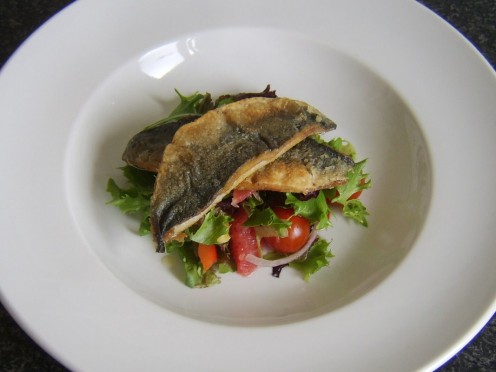
Inshore herring stocks in parts of British and Irish waters have been decimated and in some areas actually eliminated by over-fishing in recent decades. Nowhere is this more evident than in the Scottish sea lochs such as Loch Fyne. The species on the whole, however, is still considered a moderately sustainable choice. Herring are popular for different reasons in a number of areas of the British Isles, including when they are smoked - predominantly in England - to become kippers. They are very popular in Scotland, filleted and fried in oatmeal.
This recipe is based on one originally developed for mackerel. As herring are a similarly oily fish, they work very well with a contrasting, acidic bite of a flavour such as that afforded by red grapefruit. This is also a perfect dish to prepare when time is short.
Cook Time
Prep time: 5 min
Cook time: 5 min
Ready in: 10 min
Yields: One serving
Ingredients
- 1 butterflied herring fillet or 2 side fillets
- Plain/all purpose flour
- Salt and pepper
- Vegetable oil
- 3 red grapefruit segments, halved
- 3 cherry tomatoes
- 2 tablespoons mixed salad leaves
- ¼ yellow bell pepper, seeded and sliced
- ¼ red bell pepper, seeded and sliced
Instructions
Click thumbnail to view full-size








- It is not essential and you can cook it as is but if you do buy a butterflied herring fillet, you may want to separate it in to two side fillets and remove the pinbones. This is done by firstly slicing the fillet in half lengthways. You will feel in each half a ridge of small bones, running along approximately two-thirds of the length. Carefully, make two, collectively v-shaped incisions on each half and pull free.
- Heat some oil in a non-stick frying pan. You want it fairly hot. Spread some flour on a plate and season. Pat the skin sides only of the herring in the flour and shake gently to remove any excess. Lay them in the pan, skin sides down, and lightly season the flesh sides with salt and pepper.
- Add all the salad ingredients to a bowl, season and mix by hand. Lay as a bed on a serving plate.
- When you can see from the top that the herring fillets are cooked almost all the way through, turn the heat under the pan right down and use a spatula or fish slice to turn the fillets on to their flesh sides. Thirty seconds will see them complete cooking.
- Lift the herring fillets on to the salad bed. The skin on herring is perfectly edible and very tasty but if you do choose to remove it, you should find it nicely crisped and easily peeled away.
Mackerel Fish Fritters with Homemade Pakora Sauce
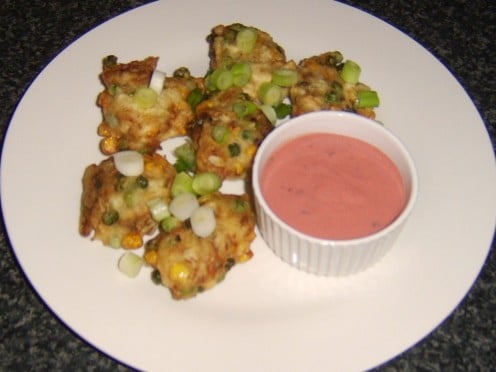
It's a great shame that mackerel is often such an under-rated eating fish. It is delicious, versatile and healthy. These fritters represent a perhaps slightly unorthodox way of serving mackerel but they were delicious, with the (optional) homemade pakora sauce providing a little bit of an extra twist to the overall effect.
Cook Time
Prep time: 10 min
Cook time: 5 min
Ready in: 15 min
Yields: One serving of six pakora fritters
Ingredients
- 2 side fillets of mackerel, pan fried (see herring recipe above)
- 2 tablespoons self-raising/rising flour
- 1 tablespoon sweetcorn kernels
- 1 tablespoon frozen peas, cooked per packet instructions
- Salt and white pepper
- Stem of one spring onion/scallion, thinly sliced (to garnish)
- Pakora sauce to serve
Instructions
Click thumbnail to view full-size






- Put the flour in to a bowl and season well with salt and pepper. Very slowly, begin adding cold water, whisking with a fork until you have a thick, smooth batter.
- Add the sweetcorn and the peas. Peel the skin from the mackerel and flake in to large pieces. Add to the batter and stir in a folding motion to combine.
- Bring a deep frying pan of vegetable oil to a high heat. A dessert spoon is ideal for measuring out the batter and dropping it carefully in to the oil, scraping it off with a second spoon. You should get around six fritters from this quantity of batter.
- Move the fritters around occasionally with a deep frying spider or metal slotted spoon. Cook for five or six minutes until crisp on the outside and golden in colour.
- Lift the fritters to a plate covered with kitchen paper to drain before serving with the pakora sauce and garnished with the sliced onion.
Whole Baked Whiting Fish and Chips
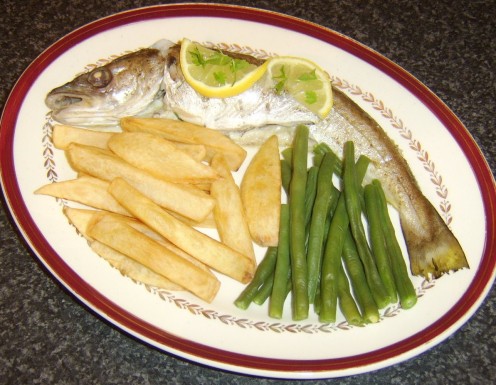
The British and Irish Seafood Classic - Fish and Chips
It is unthinkable to produce any form of work dedicated to British and Irish seafood without mentioning and making some concession to the ultimate classic - fish and chips. It would be akin to writing a page about the world's oceans and neglecting the Pacific! What it is possible to do, however, is move away slightly from the conventional battered and deep fried fillet of cod or haddock and look at a different type of fish, prepared in an entirely different way.
Note that it is always important to obtain and cook fish and seafood as fresh as possible. When cooking a whole fish as described below, this factor becomes even more important. The beautiful whiting cooked in this instance was caught personally by the author on Loch Etive in the West of Scotland, just a few hours earlier.
Cook Time
NB - Times relate to fish/beans preparation and cooking only
Prep time: 5 min
Cook time: 15 min (approximately)
Ready in: 20 min
Yields: One serving
Ingredients
- 1 whole small whiting
- ½ lemon, thinly sliced
- 1 teaspoon chopped parsley, plus extra to garnish
- Little bit of butter
- Salt and pepper
- Handful of trimmed green beans
- Homemade chips to serve (can be prepared as desired, or frozen can be substituted)
Instructions
Click thumbnail to view full-size





- If you have caught the whiting yourself, you should begin by gutting it with a sharp knife and cutting off all fins with a pair of scissors. If you are buying the fish and this has not already been taken care of, you can ask your fishmonger/supermarket assistant to do this on your behalf if you prefer. Wash the whiting thoroughly in cold water.
- Your oven should be preheated to 190C/375F.
- Season the whiting cavity with salt and pepper. Stuff with two or three slices of lemon, the teaspoon of parsley and a little bit of butter. Lay the fish on one side on a large sheet of tinfoil on a baking tray. Wrap the foil in to a loose but sealed tent.
- The size of the whiting will determine the cooking time. This medium fish took fifteen minutes - a slightly larger one may take up to twenty. It is better to check early than overcook the fish. This is done by removing it from the oven, carefully unwrapping the foil and inserting a skewer in to the thickest part. Minimal resistance indicates that the fish is cooked.
- The green beans were simply blanched in boiling, salted water for a couple of minutes.
- Plate the whiting and add the green beans and chips. Garnish the whiting with a lemon slice and a little bit more parsley.
King Scallops and Black Pudding on Potato Cakes
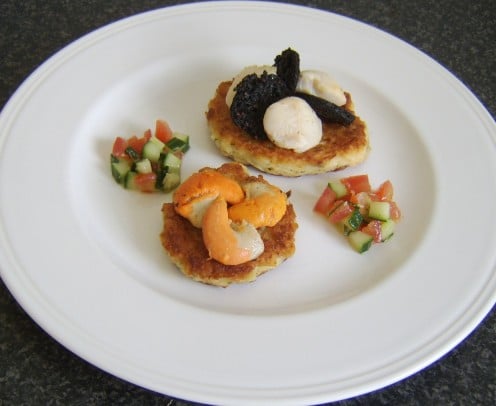
The first thing many people will think of when they look at this dish is, "Where's the sauce?" While it is possible to incorporate a very simple and subtle sauce with this dish, it was genuinely not deemed to be necessary on this occasion. Tasting bore out the pre-judgement but as is so often the case with food, it is all down to personal tastes and preferences.
Black pudding is a very popular, sausage like creation in Britain and Ireland. It is known in other parts of the world as blood pudding, blood sausage and several other different names. It may surprise you to learn that it goes very well with scallops. The main point of this recipe, however, is to highlight the value of scallop coral (the orange part). Scallops are expensive enough without throwing away half the edible part...
Cook Time
Prep time: 10 min
Cook time: 10 min
Ready in: 20 min
Yields: One serving
Ingredients
- 1 small tomato, seeded and diced
- 2 inch piece of cucumber, seeded and diced
- 3 or 4 large basil leaves, rolled and finely sliced
- 1 garlic clove, finely diced
- Salt and pepper
- Extra virgin olive oil
- 1 small baking suitable potato, peeled and roughly grated
- 1 medium egg
- 1 tablespoon plain/all purpose flour
- 1 teaspoon dried dill
- 3 slices of sausage shaped black pudding, ¼ inch thick
- 3 scallops, main circular white muscle and coral (orange, kidney shaped part), separated
- Vegetable oil for frying
Instructions
Click thumbnail to view full-size









- The salsa ingredients - tomato, cucumber, garlic, basil and a good splash of olive oil - should be added to a bowl, seasoned with salt and pepper and stirred. Cover and refrigerate.
- Sit the grated potato in the centre of a clean tea towel. Wrap and squeeze really hard over the sink to get rid of the excess moisture. Don't ignore this part or your potato cakes will be too watery and will never cook in the pan! If you've never done this before, you are likely to be amazed by the amount of water that comes out of the potato.
- Put the potato in to a bowl with the flour, egg and dill. Season and stir to combine. If necessary, you can add a tiny splash of milk but your batter should be pretty thick.
- Heat a couple of tablespoons of vegetable oil in a non-stick frying pan. Use a small ladel or large spoon to drop two-thirds of the batter in to one side of the pan and the remaining third in to the other. Fry on a medium heat for four or five minutes before carefully flipping with a spatula.
- When the potato cakes have been turned, heat some oil in a second pan and fry the black pudding slices for a couple of minutes each side or until done.
- Remove the potato cakes and the black pudding to kitchen paper covered plates to drain.
- Wipe the pan that the black pudding was fried in and add a little more oil. Bring back to a medium heat. Add the scallops and fry for at most one minute each side until done.
- Plate the potato cakes. Spoon some salsa on either side of the plate.
- Remove the scallops from the pan and arrange the main scallop muscles and black pudding alternately on the larger potato cake as shown in the top picture. Arrange the scallop coral on the smaller potato cake.
© 2013 Gordon Hamilton

